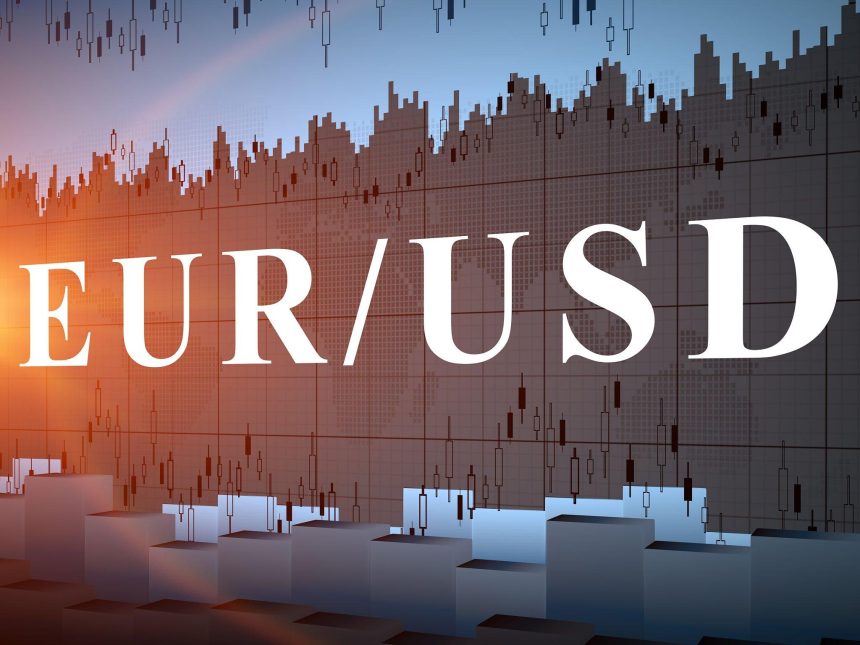EURUSD falls to roughly 1.0830 as investors get cautious ahead of Eurozone and US inflation data.
EURUSD falls to 1.0830 in Wednesday’s New York session, failing to recover from a two-month peak near 1.0900 on Tuesday. The near-term prognosis of the major currency pair becomes uncertain. As investors move focus to the release of the Eurozone preliminary Consumer Price Index (CPI) data for May. And the United States (US) core Personal Consumption. Expenditure Price Index (PCE) data for April will be released on Friday.
The Eurozone CPI and US core PCE inflation figures will have a substantial impact on market expectations. For interest rate cuts from the European Central Bank (ECB) and the Federal Reserve.
The Fed’s preferred inflation metric is expected to have increased consistently on a monthly and yearly basis, by 0.3% and 2.8%, respectively.
The US dollar recovers as investors expect the Fed to begin lowering interest rates in the fourth quarter of the year.
The US Dollar Index (DXY), which measures the value of the US dollar. Against six major currencies, has recovered to 104.80. The strong comeback in the US dollar is being driven by negative market sentiment. Investors become risk-averse when traders reduce Fed rate cut bets for the September meeting. As authorities have been guided to hold interest rates at their present levels until they see tremendous progress in the disinflationary process. Currently. Investors expect the Fed to begin lowering interest rates in the fourth quarter of the year.
Daily Market movers: EURUSD is on the backfoot despite German HICP beating expectations.
After the announcement of somewhat hot German CPI data for May, the EURUSD fell dramatically near 1.0830. Monthly headline CPI increased at a slower rate of 0.1%. Compared to expectations of 0.2%. During the same period, harmonized inflation increased by 0.2%, as projected. The annual headline inflation rate rose in line with expectations of 2.4%. The rate at which headline inflation increased was faster than the previous measurement of 2.2%. Harmonized inflation jumped sharply by 2.8%, exceeding the consensus of 2.7% and the previous figure of 2.4. . The German inflation figures will have a big impact on the European Central Bank’s interest rate outlook because the country contributes the most to the Eurozone’s GDP.
ECB is largely expected to reverse its restrictive interest rate regime.
Currently, the ECB is largely expected to reverse its restrictive interest rate regime. Which has been in place since July 2022. As a result, investors are eager to learn more about how far and quickly the ECB may lower its main borrowing rates beyond June. ECB policymakers are hesitant to commit to any further rate cuts and prefer to remain data-dependent.
Earlier this week, ECB policymaker and French central bank governor François Villeroy de Galhau rejected suggestions of one rate decrease every quarter. saying, “I don’t say that we should commit already in July, However, please allow us to choose our own timing and speed.
Klaas Knot, an ECB governing council member and Dutch central bank president, said on Tuesday. That interest rates should be decreased gradually and based on quarterly economic estimates. Knot noted that March predictions indicated that three or four rate cuts would be prudent this year. However, recent data show that wage growth has accelerated and the Manufacturing PMI has improved, undermining the expected rate-cut path based on March data.









